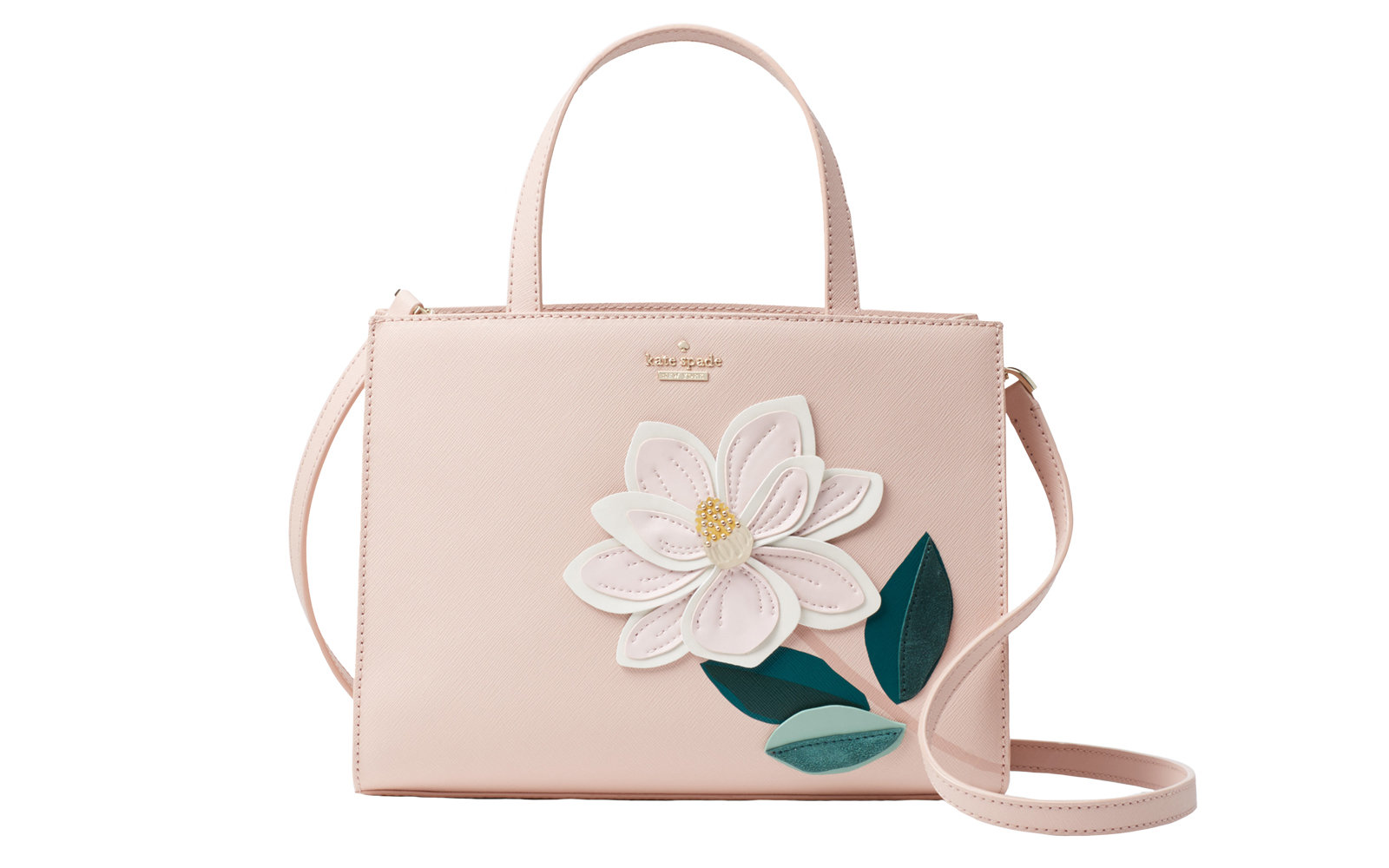On June 5, 2018, American fashion designer and businesswoman Katherine Noel Brosnahan—known professionally as Kate Spade—was found dead in her Manhattan apartment, with her death ruled as a suicide. A note was left behind addressed to her daughter:
“Bea — I have always loved you. This is not your fault. Ask Daddy!”
Image via.
Kate Spade was born in Kansas City, Missouri. She attended the University of Kansas before transferring to Arizona State University, graduating with a degree in journalism in pursuit of a career in television production (she cited the 1987 drama film Broadcast News as her inspiration). According to Spade, fashion initially remained as a secondary interest for her, but never a serious obsession for her.
She eventually started out as a writer for the accessories department for Mademoiselle magazine in New York. It was through this gig where she met her future husband, Andy Spade. The two both worked as salespeople for Carter’s Men Shop, both unaware that they would embark on a romantic, turbulent companionship for 35 years. Kate eventually left Mademoiselle while she was the Senior Fashion Editor. She recalled how she thought the fashion market lacked stylish, accessible handbags. In a bold move, she and her husband launched “kate spade handbags,” a New York-based design company. Her decision to quit a coveted magazine job in pursuit of branding her designs was risky, brash, and outright visionary.
Spade’s beginnings were humble: she started out making prototypes with scotch tape and paper, her husband often paid employees with checks from his previous 401(k) pension, and the couple would often sleep over at friends’ apartments during shipping seasons because their apartment would be flooded with bags. When Barneys ordered a few bags for a fashion show at Javitz Center, Spade, in the spur of the moment, decided to stick the “Kate Spade” logo on the exterior of the bag, a tedious process for a single night, but one that would stylize the minimalistic, high-end look of the bag. The launch of these bags signaled a shift in the public’s relation to fashion brands. The bags were priced at around $150-$400, not terribly expensive, but affordable enough that a teenager could buy one with a bit of disposable income left over.
Spade’s brand gradually garnered more and more attention, simply because more and more people could buy them, and because people could buy the bags more than once. Though the company expanded its products to clothing, jewelry, shoes, stationary, eyewear, and more, the crux of the brand still remained in its bags. Spade quickly caught the eye of The New York Times, Council of Fashion Designers of America (CFDA), Vogue, and even potential fashion department chains seeking to acquire her company. By the ‘90s, everyone had Kate Spade bags.
“It was impossible to walk a block in the city without seeing one” — Anna Wintour
After having sold the remainder of her company shares to the Neiman Marcus Group and Liz Claiborne Inc., Kate Spade took a leave of absence to take care of her daughter, Frances Beatrix Spade. When brands are sold to larger conglomerates, it can be frustrating for the designer to see their own brand-labeled products being sold knowing that the creative mind behind them is not their own. The convenience of reaping these financial benefits under the condition of trading the creativity of mind often leads to guilt, which Spade most likely felt.
Kate Spade was touted as an influence for many solo female designers such as Anna Sui and Jenna Lyons. It was uncommon during Spade’s time to see a woman take initiative and launch their own creative brands, and her efforts paid off: on numerous occasions she claimed recognition and won awards from organizations such as the CFDA and Glamour magazine. Her brand mirrored her own personal aesthetic, with all the chic, colorful accessories modeled with mottos like “Live Colorfully” and “Eat Cake for Breakfast.”
Though with all the celebrity and accolades, Spade’s success belied her battle with depression and anxiety. Her living separately from her husband for ten months prior to her death could only have exacerbated this battle. One could theorize endlessly as to the reasoning of Spade’s death, but they will never truly understand. There is a pattern of renowned fashion designers taking their own lives, and as tragic as it is, the world continues to remember and appreciate their artistic gifts. The same goes for Kate and all the positivity and nostalgia spread through her brand.
Feature image via.




